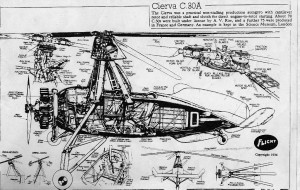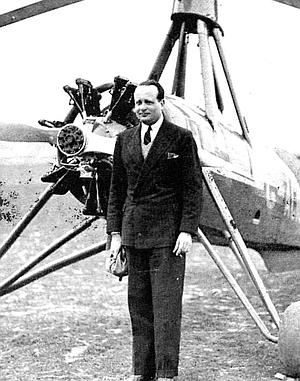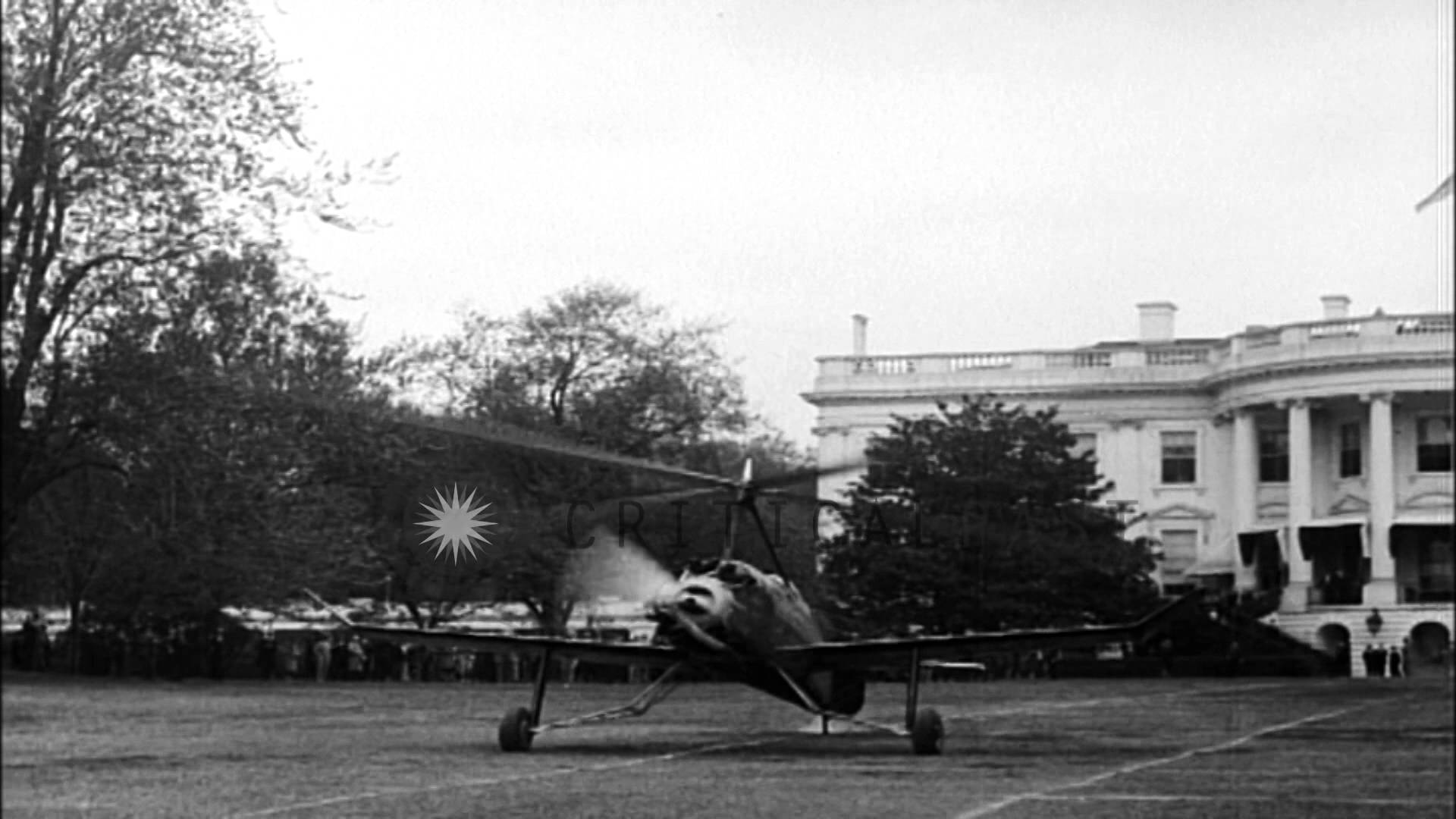 For some reason, people long for their cars to fly. In the 1930s it was believed that Spanish aviator Juan de la Cierva had made the dream come true, although he coincidentally died in an air accident in Amsterdam just as his roadable flying machine was proving a success in Washington D.C.
For some reason, people long for their cars to fly. In the 1930s it was believed that Spanish aviator Juan de la Cierva had made the dream come true, although he coincidentally died in an air accident in Amsterdam just as his roadable flying machine was proving a success in Washington D.C.
In 1920, the man from Murcia invented the Autogiro, a single-rotor-type aircraft which led several years later to his creation of an articulated rotor that made possible the world’s first flight of a stable rotary-wing aircraft. The American government licensed the technology and eventually turned out a working prototype of a flying car, hoping that suburbanites would soon soar to work from their backyards directly to helipads atop city office buildings. If they needed to nose down and drive on a highway, that would be possible.
The test was deemed a success on road and in sky (even though the machine was clearly more plane than automobile). Sadly, almost simultaneous to the triumphant run, Cierva was killed while a passenger aboard a standard Dutch airliner that crashed in England.
The aerobile was clearly never made available for public consumption, probably owing to safety and cost concerns. One enterprising hotel in Miami, however, purchased a roadable Autogiro and used it to fly guests to the beach, further enticing them by employing celebrity pilot Jim Ray, who had handled the D.C. test run.
An excerpt from an article about the test and tragedy overlapping, published in the December 13, 1936 Brooklyn Daily Eagle.






